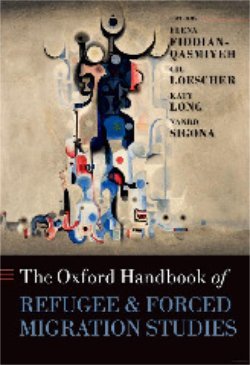By Stijn Aerts
Trafficking in human beings is a serious offence against personal and sexual freedom and integrity. A distinction can be made between different kinds of THB based on the purpose, which is always a form of exploitation. Besides trafficking for sexual exploitation, the most studied and most reported type, there are trafficking for labour exploitation, trafficking for criminal exploitation, and a few other types. Perpetrators make money off of labour exploitation in two major ways: cost reduction and revenue generation. The most promising prevention initiatives are proactive labour inspections and targeted, multi-agency investigations of situations or businesses where labour trafficking is indicated. Forced criminality can take the form of forced begging as well as forced metal theft, pickpocketing, drug production, trafficking and dealing, and benefit fraud. Prevention efforts should focus on two axes: measures to eliminate the feeding ground for criminal exploitation on the one hand and stimulating the identification and non-punishment of victims.
Generally speaking, the evidence base on THB and THB prevention initiatives is weak. Studies are of poor quality, and are generally unable to prove the effectiveness of preventive efforts, not least in the case of awareness campaigns. It is therefore of key importance to invest in highly-quality impact and outcome evaluation studies, and to exercise appropriate caution when implementing new approaches the effectiveness of which is yet to be determined.
Brussels: European Crime Prevention Network, 2022. 20p.





















